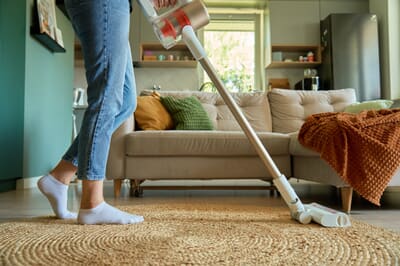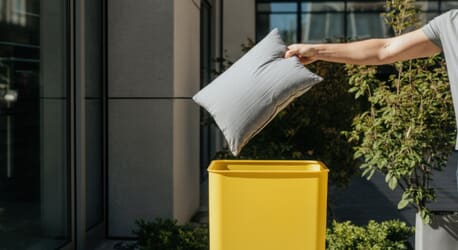As a chill takes hold of the air and we head towards Autumn, you may find that creepy crawlies are appearing from every nook and cranny. Don’t worry, that doesn’t mean you need to blitz your entire house clean. Most bugs are usually just looking for shelter from the wind, rain and cold weather. They’re not after you. They’re after a warm, dark place to spend the winter, where food and water are nearby.
Still, it’s unpleasant to be greeted by these unwanted houseguests. Help is at hand from MattressNextDay however. We used Google Trends to discover five of the most common insects that appear during the fall and the budget-friendly hacks you can use to get rid of them.
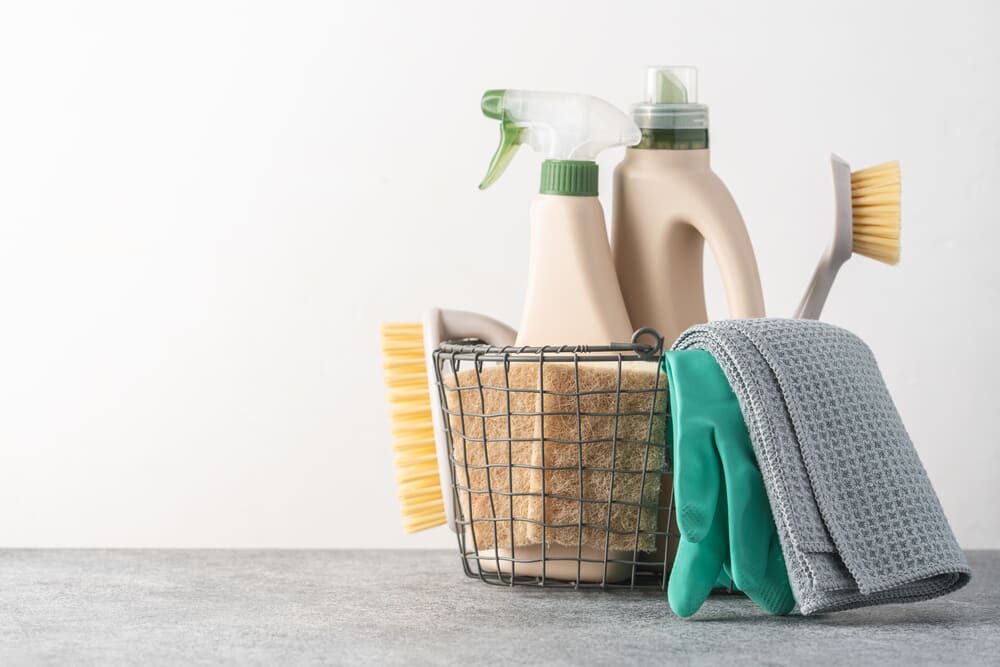
1. Ladybirds
You might be used to seeing ladybirds in your garden during the spring and summer months, but it can be quite a surprise to find them indoors as the temperature starts to plummet. They get drawn inside for a warm corner in which to nest. But that’s not really what you want to find in your home.
It’s also not ideal for the ladybirds themselves as central heating can make things too warm and cause them to wake up from hibernation too early. They then starve to death as they can’t find their natural food. Central heating can also create a dry atmosphere that dehydrates and kills them.
Ladybirds aren’t known to be harmful, but they can release a smelly fluid from their joints when frightened or stressed. It can stain upholstery, walls, carpets, and rugs.
There are several things you can do to prevent a ladybird infestation.
Wash the ladybird located area with soapy water
Look out for lone ladybirds as they can be the first of many. Adult ladybirds can release pheromones that attract others nearby and invite them into the same space, causing them to cluster in one location in your home. Once you see any, make sure to wash the area with soapy water as this keeps the surfaces free from any chemical trails from the ladybirds that may attract others.
Use this 90p natural repellent
Did you know that bay leaves are a natural repellent for ladybirds? All you need to do is place the 90p herbs in a net pouch near the affected area to deter them.
Create a light trap with a plastic pop bottle
If the infestation is already there and you don’t want to kill them, you can create a light trap as ladybirds are attracted to light. Cut a plastic pop bottle in half and put the top half into the bottom to create a funnel. Add an LED light inside the bottle and the bugs will enter the bottom of it and get stuck inside. You can then release them outdoors with no harm done.
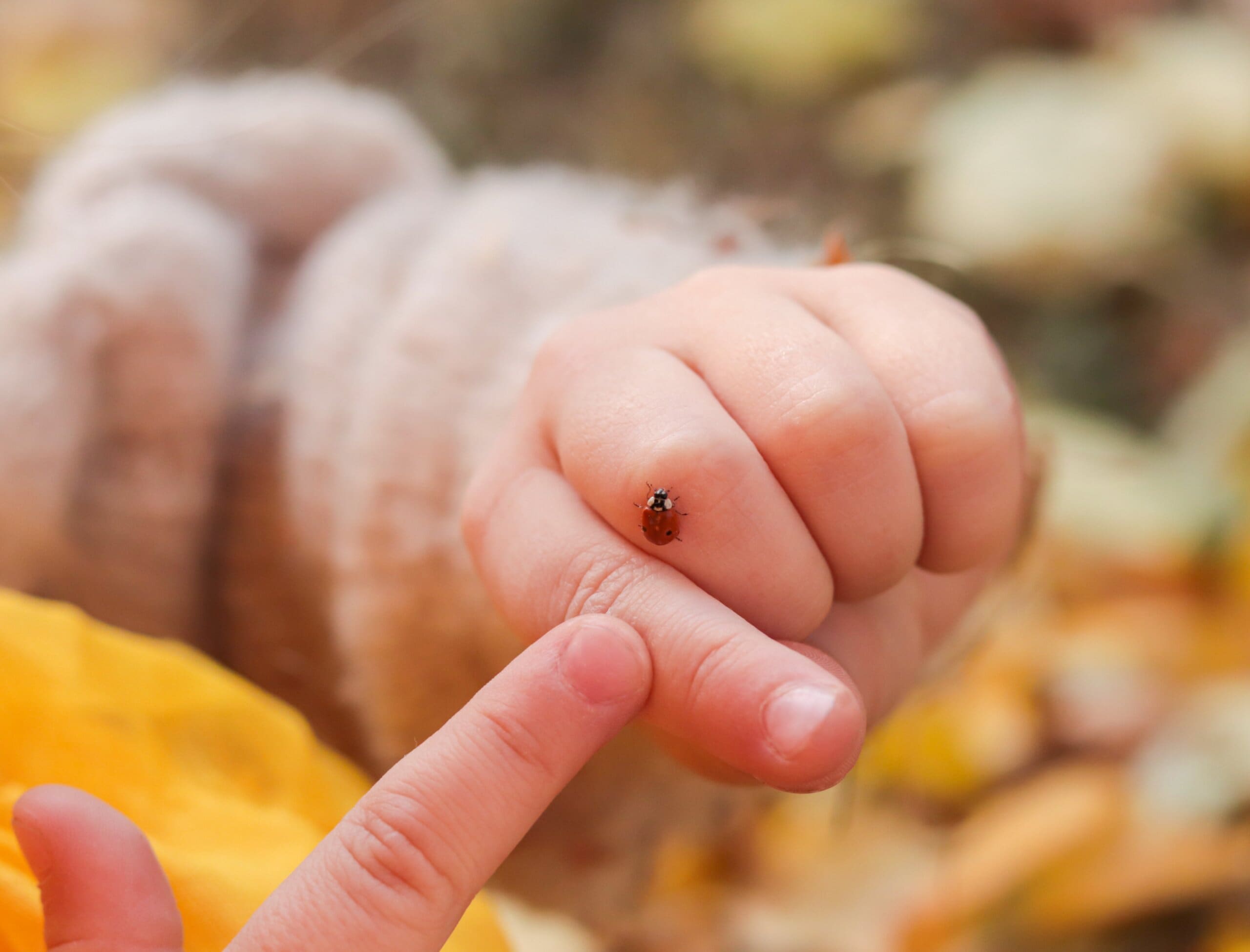
2. Flies
If you’ve been clapping your hands or snapping your fingers at tiny flies or huge buzzing ones, then you’ll know how annoying these can be. But the trick to getting rid of them depends on what type of fly they are.
Blue bottles are often found in dirt, refuse and dustbins and on rotting animals. It’s common for a bluebottle to fly in through an open door or window and get trapped in your home, but if you notice a lot of them, you could have an infestation or a source that’s attracting them in droves, such as open food, waste or perhaps a dead mouse under the floorboards.
Fruit flies are very small flies, usually brown and they lay eggs in any fermenting liquid, including on sponges, mops, and puddles of water but especially on fruit or vegetable matter.
Fungus gnats are houseplant flies. They lay tiny larvae in the top 5-8cm of soil, which feed on fungi and plant roots.
Though all three are not directly harmful or poisonous to humans, (they don’t bite), they can indicate unsanitary household conditions and can spread bacteria and disease through their body hair which then gets ingested by us. The illnesses they can spread include food poisoning, eye infections, and dysentery. Nasty!
Flies search for shelter in nooks and crannies, and lay eggs in decaying organic material, like fruit and fungus. So how to get rid of them or even better, prevent them from appearing in the first place?
Wipe your kitchen counters every single time after cooking
Leaving food around the house or on kitchen countertops uncovered is a surefire way to attract flies. Fruit and vegetables in particular, even if not cut or cooked, will encourage fruit flies as they ripen. Wiping down tables and countertops to eliminate small bits of food, juices, and crumbs, as well as keeping dishes clean, will help to remove the allure of your home.
'Top dress' your houseplants
Covering the soil of your indoor plants with sand or small stones means that you can still water them, but the soil becomes inaccessible to flies. Any larvae already there will die off as they can’t get past the sand or stones.
Place cinnamon sticks around your home in a mason jar
If you’re looking for a more natural way to deter than fly-swatting, then getting cinnamon out is the answer. The smell is overpowering, and some of the components can even be toxic to flies. Placing cinnamon sticks in a mason jar without a lid is the easiest way to deter flies, and only needs to be changed every month (once they’re dry). Or alternatively, you could purchase a cinnamon-scented essential oil which not only works as a deterrent but will get your home smelling autumnal, too.
3. Spiders
It’s not just the warmth of homes that attract spiders in the autumn. The ones you spot running around are likely males looking for a mate. The female spiders have probably already found a nice place to settle and lay their eggs within a dark spot in your house.
Luckily in the UK, our spiders don’t bite humans, but their presence sends shivers down the spine for many.
There are lots of ways to get rid of spiders, but here is the best of our tips.
Fresh mint can be transformed into a homemade solution
Plants like mint and eucalyptus are easy to buy from local supermarkets and their strong scent deters creepy crawlies. Alternatively, you can chop mint up and add boiling water. Let the mixture sit until it's cool before straining it and pouring it into a spray bottle. You can then spray harder-to-reach spots such as the back of cabinets or the corners of ceilings, where spiders like to relax.
Place conkers on your window
It may be an old wives’ tale, but it really does work; placing conkers on your window sills can deter spiders from coming into your home. You can even tie style them to make a seasonal home décor accessory.
Make sure to take your recycling outside every week
Probably the least obvious of our tips, but because spiders like to hide out in dark, moist environments, recycling bags and bins can be a literal housing estate for them. Bottles, tins, and cans are perfect for them to set up in and as in the UK, most of us get our recycling bins emptied fortnightly, this could mean you have an indoor bin that goes unemptied for a while. The best thing to do is either keep the bin in a covered outdoor area or empty it daily into your outdoor recycling bin.
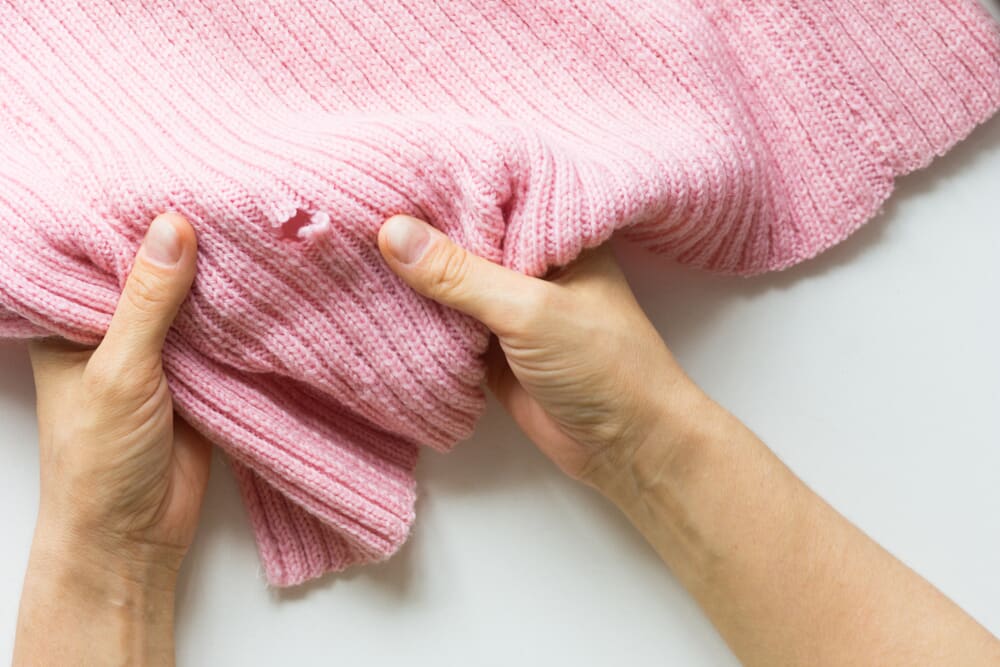
4. Moths
A moth to a flame is a tale of unrequited love or fatal attraction. Attracted by the light, you’ll often find moths fluttering wildly against a lightbulb. Although they appear more in the spring and summer, we’ve included them in our list because now is the time to check your wardrobes.
Adult clothes moths don’t feed, but their larvae do. They lay their eggs in closets and cupboards full of natural materials. When the eggs hatch, after 4-20 days, they eat the material, and this can leave holes in jumpers, shirts and other high-quality materials.
If you do have an infestation, you’ll need to remove them all before moving on to preventative measures. Eggs and larvae can be very small and hard to spot so a chemical moth removal treatment are best, followed by freezing your clothes for up to 72 hours.
The reason you should act now is that larvae can last for anywhere from 2 months to 2.5 years! After this, they transform into a cocoon, but 2.5 years is a long time to be finding your clothes ruined.
Vacuum regularly
You should vacuum at least once a week but even more so if you spot a moth in your house. This is because you will want to remove any eggs that may be on your carpet, as well as any hair, skin and food debris which will make the moths starve. Also, make sure to hoover behind and under furniture and moths like to loiter around the darkest places.
Always wash your clothes before putting them away
Did you know that moths are mostly drawn to human sweat that is left on clothing? With this in mind, you should ensure that you only ever place washed clothes in your wardrobe or drawers – especially if you’re putting them away for a long time. Even the smallest amount of sweat on a top could entice moths to make their way into your storage system, whilst putting holes in your clothes.
Make your natural repellent with herbs
For a preventative measure, place dried rosemary, thyme or lavender into a small cloth bag and hang them in your wardrobe and place them in your drawers. Alternatively, you can add cedar or lavender oil to water and spray it around your doorways and windows to deter them further.
5. Bed bugs
Bed bugs are small, oval insects. They are a brownish colour and have flat bodies – almost like an apple seed. They typically bite any exposed flesh whilst sleeping, such as the face, legs, and arms. Bites are usually in clusters, and look like red, raised bumps with a dark spot in the middle.
They feed on blood every 5 to 10 days but they can survive up to a year without feeding, and the females can lay up to 200 eggs over 2 months, so it’s incredibly important to deal with a bed bug as soon as you find one.
Be extra cautious when buying second-hand upholstered furniture
Unfortunately, once a bed bug is inside upholstered furniture, it’s impossible to detect them. Plus, if the person selling the upholstered item cleaned or vacuumed it without realising that bed bugs were present, then the superficial signs that there are bed bugs present, will be absent, too. Unfortunately, using strong chemicals to eradicate the bed bugs will only leave them dead inside, and a lingering chemical residue that you won’t be able to wash out.
However, there are second-hand items worth purchasing that are less of a risk, such as hard, cleanable surfaces with few, or little to any, crevices. Hard surfaces such as solid wood and plastic are best, too. For example, bookshelves, nightstands, tables, and dressers. However, make sure to properly inspect each item before buying. To do this, shine a flashlight into narrow openings and inspect them with a magnifying glass.
Let your mattress air at least once a week
Every week, you should pull back your bedding and let your mattress air to give it the chance to spring back into shape and evaporate excess moisture. Besides bed bugs, airing your mattress also helps reduce dust mites from wandering around the warmth of your mattress as they thrive in these conditions.
Wash your bedding at least once a week
Bed bugs are attracted to dirty items so make sure you wash your bedding at least once a week to avoid the build-up of bacteria that might attract the critters. We recommend washing at 60 as this is the best temperature to kill any bacteria, however, keep in mind that you will need a strong detergent to keep your sheets soft.
Vacuum these bed bug hotspots at least once a week
Similarly, you should also vacuum at least once a week to remove any potential bed bugs from travelling further. Makes sure to vacuum all bed bug hotspots, such as skirting boards, under sofa cushions and the bed.
